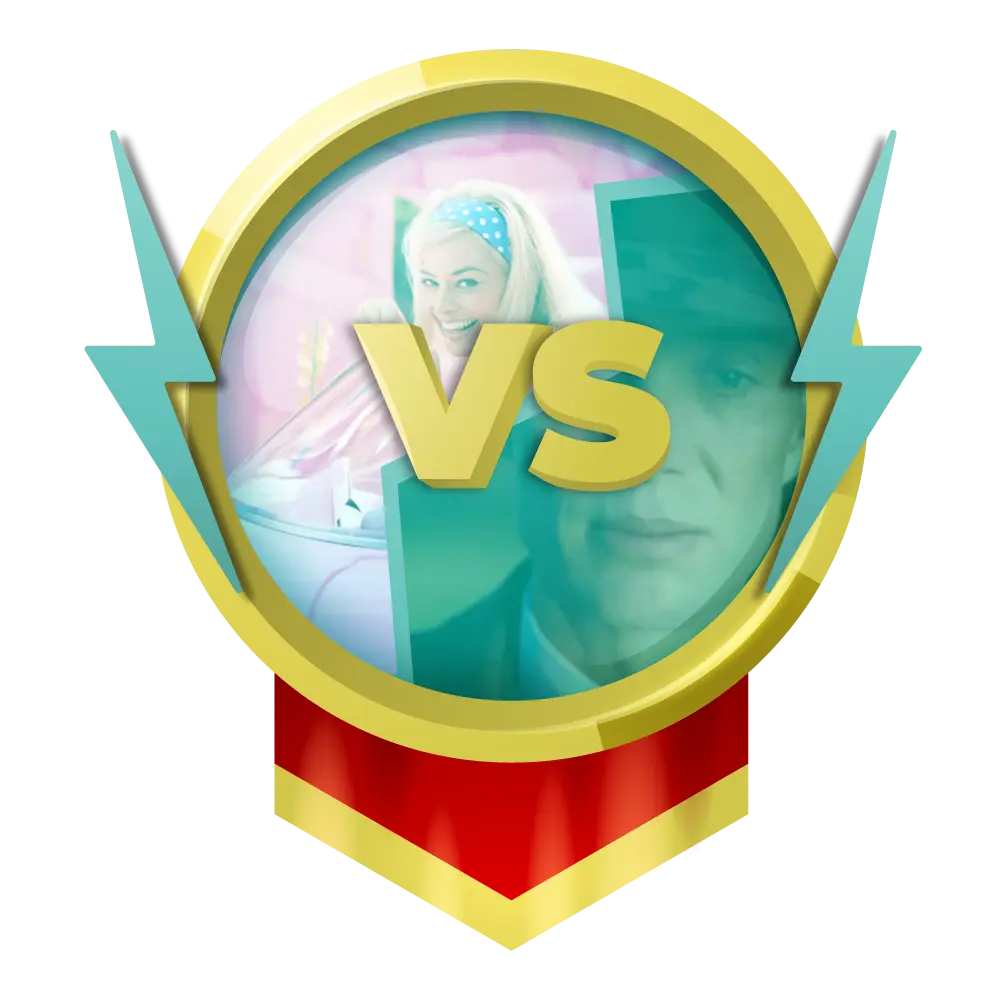
Long seen either as a racist, colonialist metaphor for the Western world or as a simple Beauty and the Beast romance, the 2005 version of King Kong seems to allow for an alternative interpretation. Although the story has not changed much from the original version, there are something quite ambiguous, unreasonable and abnormal that shows the trend of Post-humanism after the new millennium.
Post-humanism comes from the criticism and reflection of Humanism, The latter is quite familiar that is originated in ancient Greece and Rome, became popular during the Renaissance and has since been the dominating ideology in Western countries. Post-humanism overthrows human-centered cognition and ethics, emphasizing the symbiosis between human and nonhuman beings (including science and technology, machinery and devices), and questioning the supremacy and centrality of human beings.
How King Kong is nonhuman?
It seems undeniable that roles like King Kong are nonhuman. But strictly from the perspective of Post-humanism, most of the non-human images on screen are actually "humanized". These unreal existences, often represented in movies as monsters, madmen, or supernatural forces, shows people's fear spilling out of the cracks of comfortable reality.
Such representation is anthropocentric, because all madness always have to give way to human reason. In other words, they are created to help people overcome their fears as at the end of a film always reveals a reason for the deviants to be there, a convincing explanation for which everyone feels much relieved.

But none of the reasons seems applicable to King Kong, which is obviously much more difficult to comprehend. When the blonde beauty Ann Darrow(Naomi Watts) is sacrificed to this mighty creature by the natives on Skull Island, he (a pronoun somehow inapplicable to the role) mercilessly ravaged her, causing great fear. Thanks to her past experience working in a circus, Ann makes a survival by "teasing" the giant through her physical juggling moves. However, worth noticing, perhaps intentionally designed, the facial expressions of King Kong are very unreadable in this sequences. As viewers, we are as anxious as Ann, unable to tell whether he is smiling happily or simply being cavalier about what is happening.
Contrasts can be seen in common movies about animals or cute pets where their emotions and motivations are usually easy to understand with explicit expressions and body moves . Although they have fur, limbs, tails, and even only one or more than two eyes, they are all very anthropomorphic. They laugh, get angry, and even cry bitterly in the same way a person does.
However, in King Kong, this comprehensibility has failed, or rather, the gap between Ann as a human and another species King Kong, the language barrier and so on are quite perceivable. King Kong's laughter is not a regular "hahaha", the corners of his lips seldom raise, and smile never seems to climb in his eyes - nothing of human's definition of laughter or pleasure.
In addition to facial expressions and body movements, King Kong's behavioral and emotional logic are also unconventional. After he saves Ann from the attacks of giant lizards, dinosaurs, and other monsters, she is clearly impressed and intends to have more interaction with him, a typical sign of impending love, while he has already shifted his attention. He is attracted by the magnificent sunset and ignores the heroine's intention to advance their relationship - think about it, how bizarre this would be in human romantic relationships!

There shows the crack of differing perception between human and an untypical nonhuman being. The anticipated romantic relationship is not as tempting for King Kong, to which he does not even throw a glimpse but instead turns to the beauty of nature. Nevertheless, this crack was quickly filled by Ann - following his glance, she also sees the sunset and enjoys the scenery with him, a scene the audience would love to interpret as part of a romantic relationship.
King Kong is not a romantic film
King Kong's role in narrative is somewhat confusing. He is not a foil monster to sharper relief the hero's courage and love for the heroine. On the contrary, it is King Kong's protection of Ann that touch many female audiences. Nor is he like the hero of the classic and familiar Beauty and the Beast story, in which the beast is actually the prince, the destined man to fall in love with. There is no intruder in such a fixed one-to-one relationship, thus defying the possibility for the audience to empathize with the third person.
King Kong has a typical human male protagonist, Jack Driscoll(Adrien Brody), who falls in love with Ann and strive for saving her. This may confuse the audience: is King Kong a typical male lead? If not, is he like a deuteragonist commonly seen in movies of love triangles? If the answer is yes, it arouses another question: how does this nonhuman creature develop romantic relationship with the love interest, given that he can't even speak in human language, let alone flirting with her?

Is King Kong's affection for Ann out of appreciation and love for beautiful things, or just due to nonhuman instincts that we cannot understand? Perhaps he just treated her as a pastime toy. Many audiences subconsciously and naturally attribute his acts to love, which is in fact an anthropocentric trap, a conclusion worth reconsidering, because we soon will realize the anomaly - beneath this seemingly Manhattan love story hides the extreme disparity between King Kong's human-like nature shown towards Ann and the animalistic nature towards others.
The sharp contrast hinders us from imagining more possibilities between Ann and King Kong. After all, it's really hard for one to fall in love with a bloodthirsty, a violent maniac, even though his lover is the only he won't hurt.
The anthropocentrism behind King Kong
Obviously most of the monsters created in movies always serve one purpose: to confirm the supreme status of humanity in the universe or, to a lesser extent, on Earth. For example, in sci-fic movies, artificial intelligence always wants to be real humans, like those in Artificial Intelligence, the postmodern version of "Pinocchio" that moves us to tears.
King Kong is somehow different. He is a monster that we cannot understand, a non human that does not fit in with a typical male protagonist. It's hard to define his role in a relationship, something of a love game consisting of rules set by humans for themselves to indulged in , which does not apply to non humans. Is it really impossible for King Kong to fall in love with Ann, transcending the barriers of species and be together in a human-like love, marriage, intimacy?
Well, yes. Such relationship can only happen between Ann and Jack as reflected in the most heartbreaking scene in the film: although Ann shed sorrowful tears when King Kong is shot down from the Pentagon by planes, she finally tightly embraces Jack who comes to rescue her and breathes a sigh of relief, suggesting that on Ann's relationship scale, King Kong and Jack hold different weights, and Ann's feelings for Jack should be the true meaning of love, or rather, a humanistic love.

The death of King Kong is to some extent inevitable, as he cannot be captured by human rules. Its death prompts us to examine ourselves and even the human civilization, including ethical values about how we treat other species.
Unfortunately, we don't even have an estimate about how far can we go in our efforts to de-centralize humanity. Even though we know that King Kong's feelings towards Ann is anything but simple human romantic love, which is beyond definition in human language, we still tend to simplify the emotions after watching the movie as another surrender and worship of romantic love. Can we truly step down from the pedestal we have built for ourselves, having long been accustomed to matching ourselves to gods?
All in all, King Kong leaves us a lot to think about.
LC@J Rating:⭐⭐⭐⭐





















































View replies 0